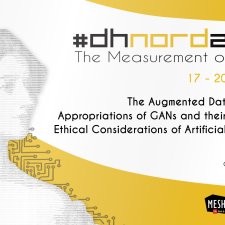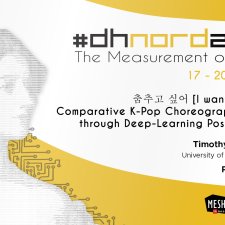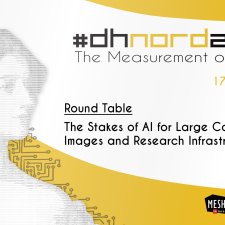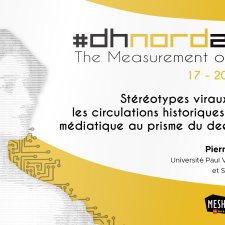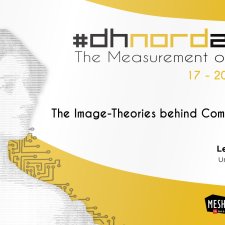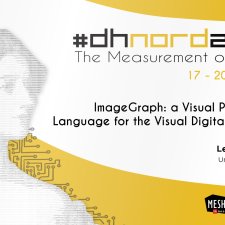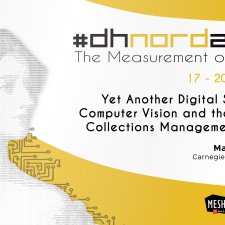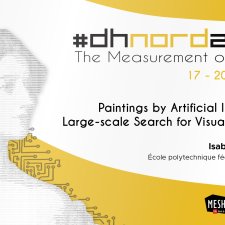Notice
Image Mis-recognition: Augmentation, Automation, and Aesthetic Intelligence
- document 1 document 2 document 3
- niveau 1 niveau 2 niveau 3
Descriptif
Douglas Engelbart, one of the pioneering figures in human-computer-interface, made a careful distinction between "automation" and "augmentation" in his discussion of the role of computation in human activity. Automation described fully mechanical processes. Though providing benefits of scale and speed, Engelbart felt they would be inadequate to simulate human thought. Instead, Engelbart suggested computation play the role of augmentation, an extension of human capability. More than half a century later, the automated processing of images has become increasingly sophisticated, with advanced inference engines and associative models of feature recognition. But computational work remains a literal reading of visual information - the processing of data in file formats - in accord with statistical metrics.
The processes still have a fairly high error rate. From an instrumental, functionalist, perspective, what is at stake in the increasing use of image processing is improved accuracy through greater computational power. But perhaps the concept of error is misconstrued. The ability to mis-recognize, to cognize otherwise, remains crucial to the generative engagement with aesthetic objects in ways that challenge standard metrics. Can we pose the notion of mis-recognition without falling into romanticized binaries that simply assert human exceptionalism? This talk addresses the role of aesthetic intelligence and affective metrics within these discussions.
Johanna Drucker (University of California, Los Angeles)
Thème
Dans la même collection
-
Understanding Images Through Machine Learning and Deep Learning
Table ronde de la 2e journée du colloque DHNord 2020
-
The Augmented Dataset: Artistic Appropriations of Gans and Their Bearings on Ethical Considerations…
Intervention de la 4e session du colloque DHNord 2020
-
From One Image to Another: Circulations, Transmissions, and Intervals
Table ronde de la 1ère journée du colloque DHNord 2020
-
"I Want to Dance": Comparative K-Pop Choreography Analysis Through Deep-Learning Pose Estimation
3e intervention de la 2e session du colloque DHNord 2020
-
The Stakes of AI for Large Collections of Images and Research Infrastructures
Table ronde de la 4e journée de DHNord 2020
-
Stéréotypes viraux : analyser les circulations historiques de l'image médiatique au prisme du deep …
LanglaisPierre-Carl3e intervention de la 1ère session du colloque DHNord 2020
-
The Image-Theories behind Computer Vision
1ère intervention de la 3e session du colloque DHNord 2020
-
Transfer Learning and Visualization of Neural Networks for Artistic Images
1ère intervention de la 2e session du colloque DHNord 2020
-
ImageGraph: A Visual Programming Language for the Visual Digital Humanities
1ère intervention de la 5e session de DHNord 2020
-
Tracking the Circulation of Images Digitally: From Artistic Cartography to the Study of Visual Cont…
Joyeux-PrunelBéatrice1ère intervention de la 1ère session du colloque DHNord 2020
-
Yet another digital surrogate? Computer vision and the future of collections management systems
4e intervention de la 2e session du colloque DHNord 2020
-
Paintings by Artificial Intelligence. Large-scale search for visual similarities
4e intervention de la 1ère session du colloque DHNord 2020



